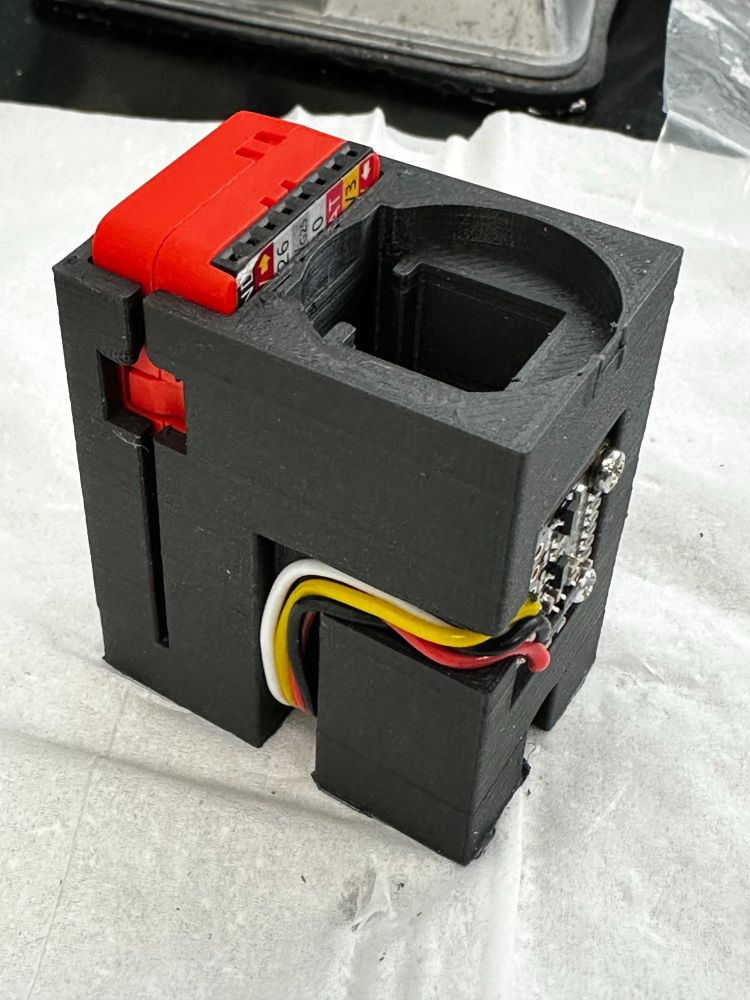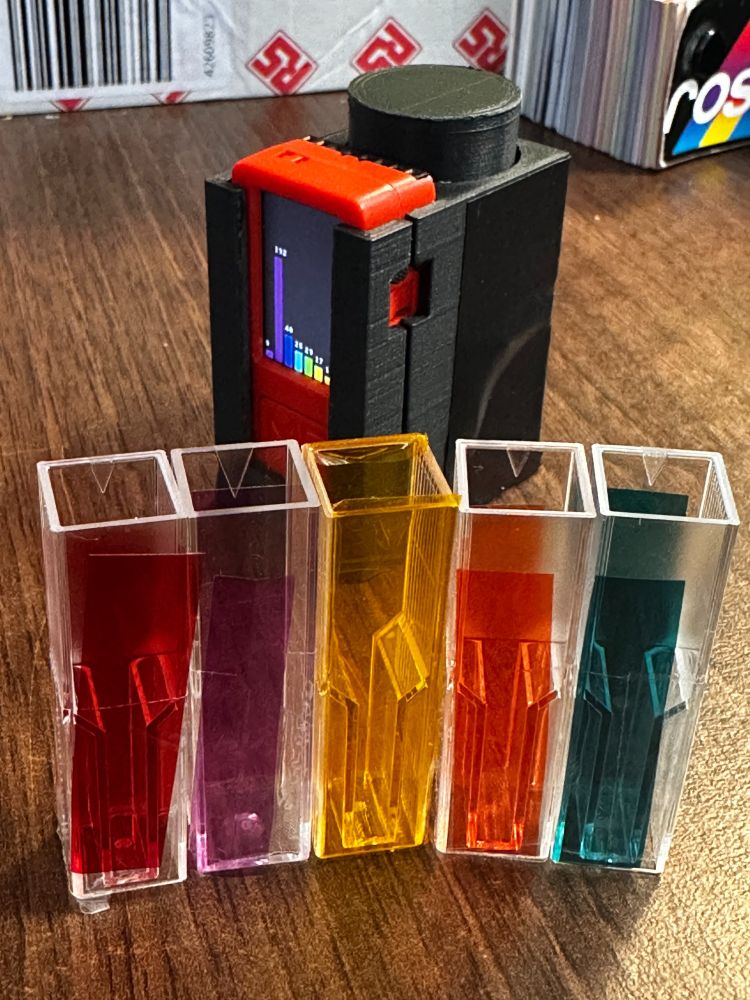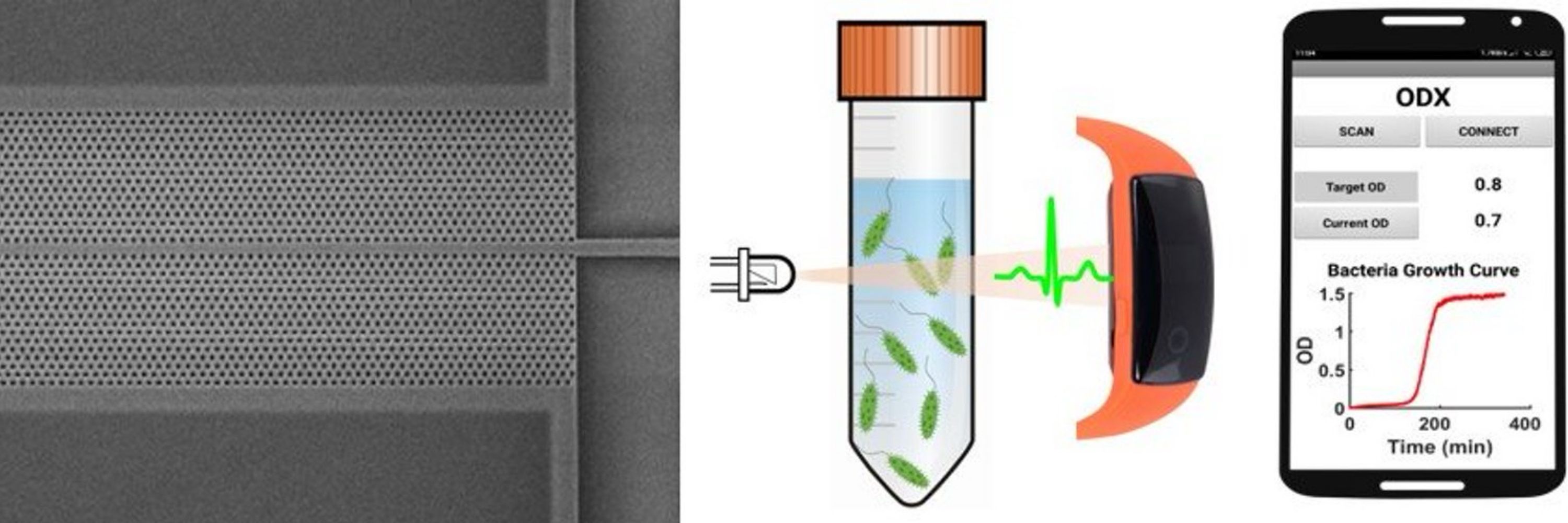

This is a follow-up of our ODX paper where we hacked a #fitnesstracker for bacterial growth monitoring. #WaterQuality #Sensors #odx

This is a follow-up of our ODX paper where we hacked a #fitnesstracker for bacterial growth monitoring. #WaterQuality #Sensors #odx


bsky.app/profile/chin...

bsky.app/profile/chin...








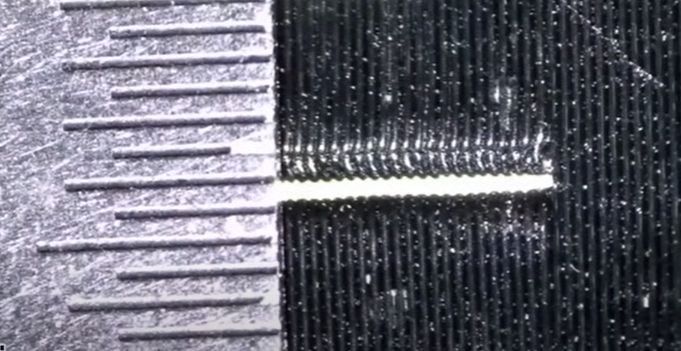






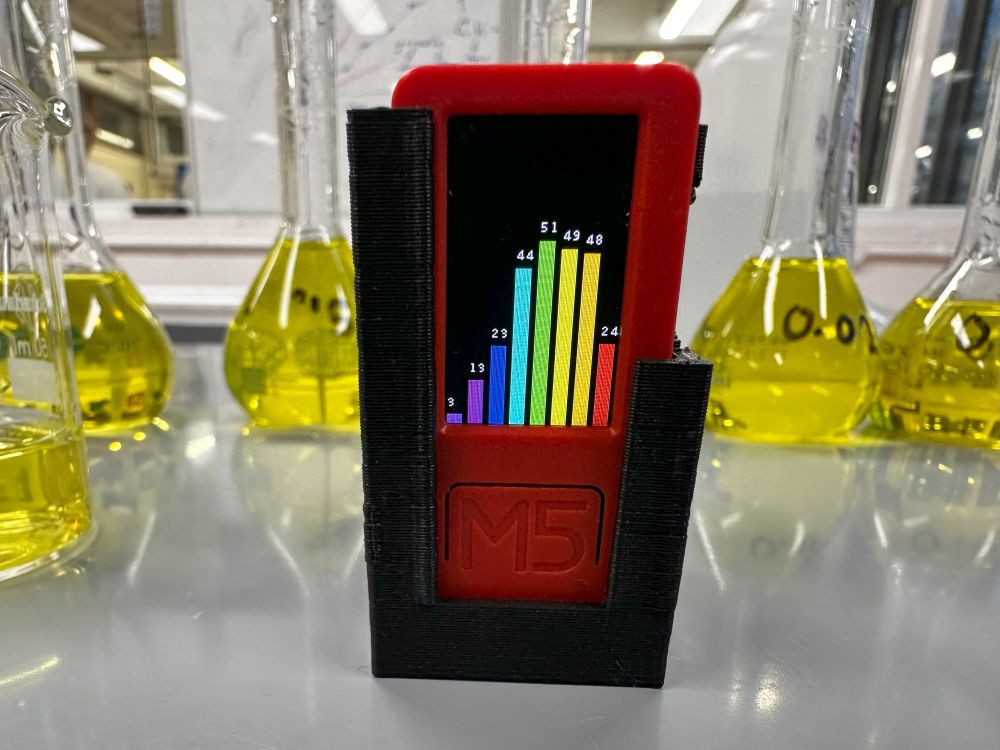








@adafruit.com's #AS7341 sensor with built-in Stemma QT connector, eliminating all soldering. Connect it to the #M5StickC with a Grove-to-Stemma cable and you're ready to go! #DIY #CitizenScience




@adafruit.com's #AS7341 sensor with built-in Stemma QT connector, eliminating all soldering. Connect it to the #M5StickC with a Grove-to-Stemma cable and you're ready to go! #DIY #CitizenScience

- Transmit useful light (up to 62%)
- Filter out harmful UV radiation
- Focus light with microscopic lenses
All made from regular shell material (calcium carbonate)




- Transmit useful light (up to 62%)
- Filter out harmful UV radiation
- Focus light with microscopic lenses
All made from regular shell material (calcium carbonate)


Applications of such microspectrometers are huge: lab-on-chip devices, drone sensing, satellites - anywhere you need sensitive spectral measurements in a tiny package. Look at the spectra of Venus captured even working under cloudy conditions!
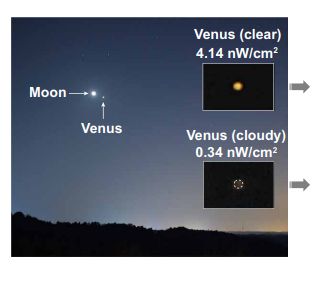

Applications of such microspectrometers are huge: lab-on-chip devices, drone sensing, satellites - anywhere you need sensitive spectral measurements in a tiny package. Look at the spectra of Venus captured even working under cloudy conditions!
The BIC gives high resolution by reflecting very narrow-band light (high Q resonances). But here's the smart part: they use the transmitted light for spectrum reconstruction (right image)! 💡 unlike traditional narrowband filters that use only small part of the transmitted light (left image).
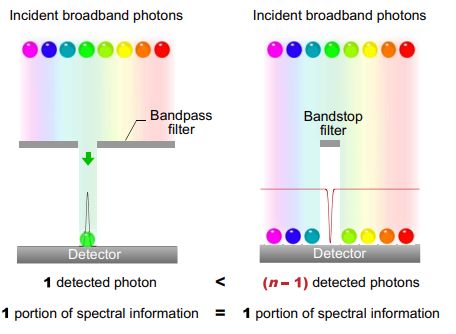
The BIC gives high resolution by reflecting very narrow-band light (high Q resonances). But here's the smart part: they use the transmitted light for spectrum reconstruction (right image)! 💡 unlike traditional narrowband filters that use only small part of the transmitted light (left image).
Here's the clever bit: Traditional spectral sensors block most incoming light (low throughput). These researchers instead used "bandstop" metasurfaces with bound states in continuum (BIC).


Here's the clever bit: Traditional spectral sensors block most incoming light (low throughput). These researchers instead used "bandstop" metasurfaces with bound states in continuum (BIC).

